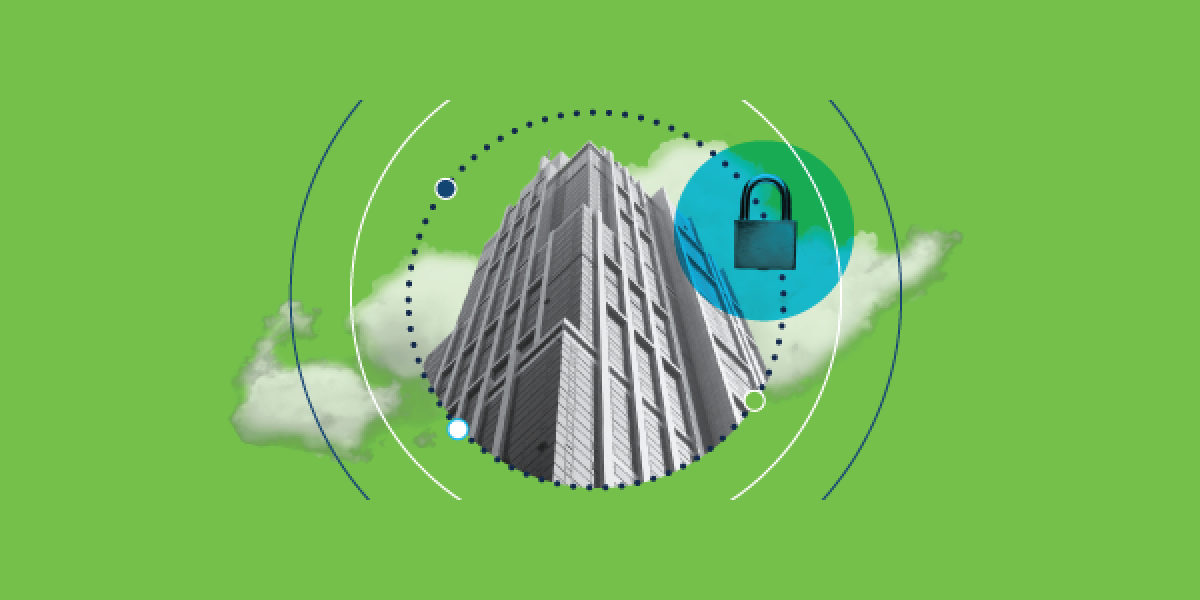
Get SASE Your Way with a Platform Approach to Security

The ongoing convergence of networking and security is leading many companies down the path towards a Secure Access Service Edge (SASE) model. More applications are moving into the cloud, and employees and devices are accessing them from seemingly infinite locations. As a result, organizations are rethinking and transforming how they securely deliver the right data and applications to the right people and places at the right time.
How can organizations best provide secure access to an increasingly distributed, mobile workforce? And how can businesses optimize for today’s needs while remaining flexible for tomorrow’s uncertainties? SASE (pronounced “sassy”) is about bringing networking and security capabilities together and delivering them through the cloud for improved performance and agility. It’s about leveraging the internet to enhance the user experience while reducing costs and complexity.
The criticality of agility in IT infrastructure has become especially apparent this year. Organizations that don’t embrace a multi-cloud environment and other emerging technologies risk getting left behind and opening themselves up to heightened security concerns. However, it’s important to note that SASE is still a journey that no one has completed yet. Rather, it is a necessary aspiration and step forward for today’s organizations.
Getting SASE with Cisco
So how do you get more “SASE”? As the world’s largest networking and security company, we understand that not every business is in the same place or ready to move as quickly as others. That’s why we meet you where you are and show you the way from there. Whether you are ready to fully embrace the cloud, or want to maintain a hybrid model to protect previous investments, we can help.
While the term SASE is new, the overall concept is not. As noted by Cisco’s SVP/GM of Cloud and Network Security, Jeff Reed, Cisco has already been moving in the direction of SASE for years. We have been designing our solutions to operate more like an extension of your team – less bolted on, more built in. Some of the ways we have been pushing towards this model include:
SASE and SecureX
A key component of SASE is vendor consolidation. Cisco’s global infrastructure and broad portfolio across both networking and security enable us to help customers decrease their reliance on disparate vendors. This is especially important now since 81% of organizations say they are currently finding it challenging to manage a multi-vendor environment.
In June, our efforts to simplify security manifested in the launch of our integrated platform, Cisco SecureX. Through SecureX, customers get unified access to security, networking, and IT applications from both Cisco and many third parties to streamline and strengthen security. Cisco SecureX is included with every Cisco security product, and reduces the need for overwhelmed security teams to work with a multitude of siloed technologies to investigate and remediate issues. It also fosters greater collaboration between SecOps, NetOps, and ITOps teams for a more coordinated and efficient response to incidents.
Our SecureX platform and customizable buying programs allow you to start with the technology you need and build from there – all the while benefiting from integrated architecture that is ready to expand and evolve with you. With Cisco, you can progress along your journey to SASE while taking advantage of comprehensive security capabilities that extend beyond SASE use cases. For example:
- Unleash your workforce by delivering a seamless, secure connection to applications in any environment – data center or cloud – from any location and device.
- Simplify security, streamline policy enforcement, and enhance threat protection by combining multiple functions into a single service.
- Unite security and networking through a flexible, integrated approach that meets multi-cloud demands at scale.
SASE and SD-WAN
At the core of Cisco’s approach to SASE is Cisco SD-WAN and Cisco Umbrella. Cisco SD-WAN is a cloud-delivered overlay WAN architecture with application optimization that delivers predictable performance in multi-cloud environments. Cisco Umbrella is a cloud-native service that unifies multiple security technologies in a single solution, including DNS-layer security, secure web gateway, firewall, and cloud access security broker (CASB) capabilities. Cisco Umbrella simplifies and flexibly secures direct-to-internet access, cloud app usage, and remote workers. Now, the Cisco SD-WAN and Umbrella integration enables you to simply infuse effective cloud security throughout your SD-WAN fabric so you can protect your branch offices and roaming users.
You can deploy cloud security across your SD-WAN fabric to thousands of branches in minutes, and instantly gain protection against threats on the internet. Powered by Umbrella’s global network and Cisco Talos threat intelligence, it’s the easiest way to protect users anywhere they access the internet and cloud apps. By combining simple, automated tunnel creation from Cisco SD-WAN with Umbrella’s secure web gateway and cloud-delivered firewall, you gain additional flexibility and more granular security controls. Additionally, Cisco just released further infrastructure innovations built for SD-WAN and SASE, helping customers achieve new levels of business resiliency and agility. See our case study with Tamimi Markets to find out how customers are partnering with Cisco for SASE.
Simplify your SASE journey
This week at our digital Partner Summit, we are sharing more details with our valued partners about how we’re leading the evolution of SASE, so they too can play a role in our customers’ success. Partners will hear more about how technologies such as Cisco SD-WAN, Cisco Umbrella, Cisco Secure Access by Duo, and Cisco SecureX work together to simplify your SASE journey.
We know that it’s your business, your architecture, and your future. You need to be able to do SASE your way. That’s why we’re here and ready to prepare you for what’s now and what’s next.
For more information on getting SASE with Cisco:
